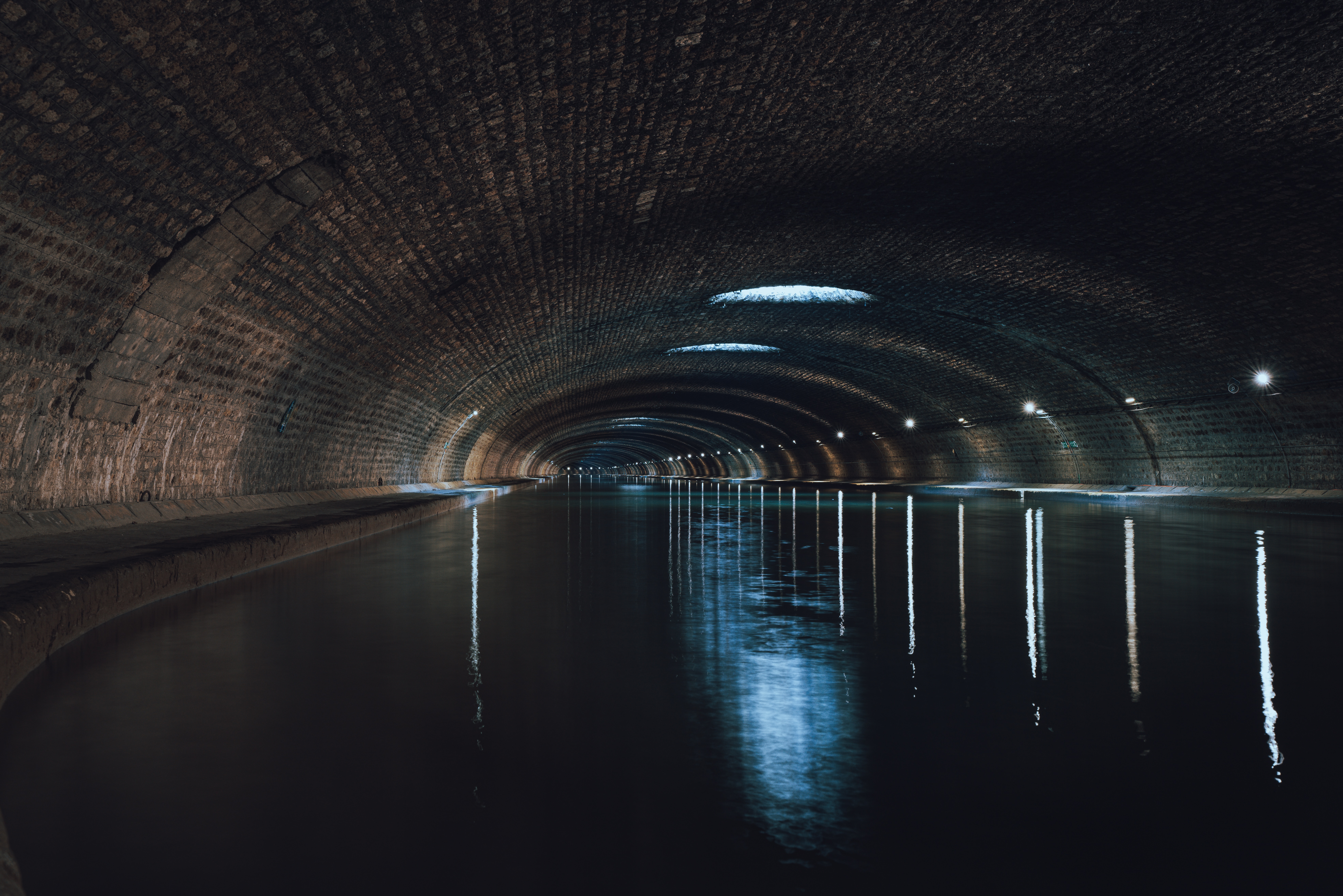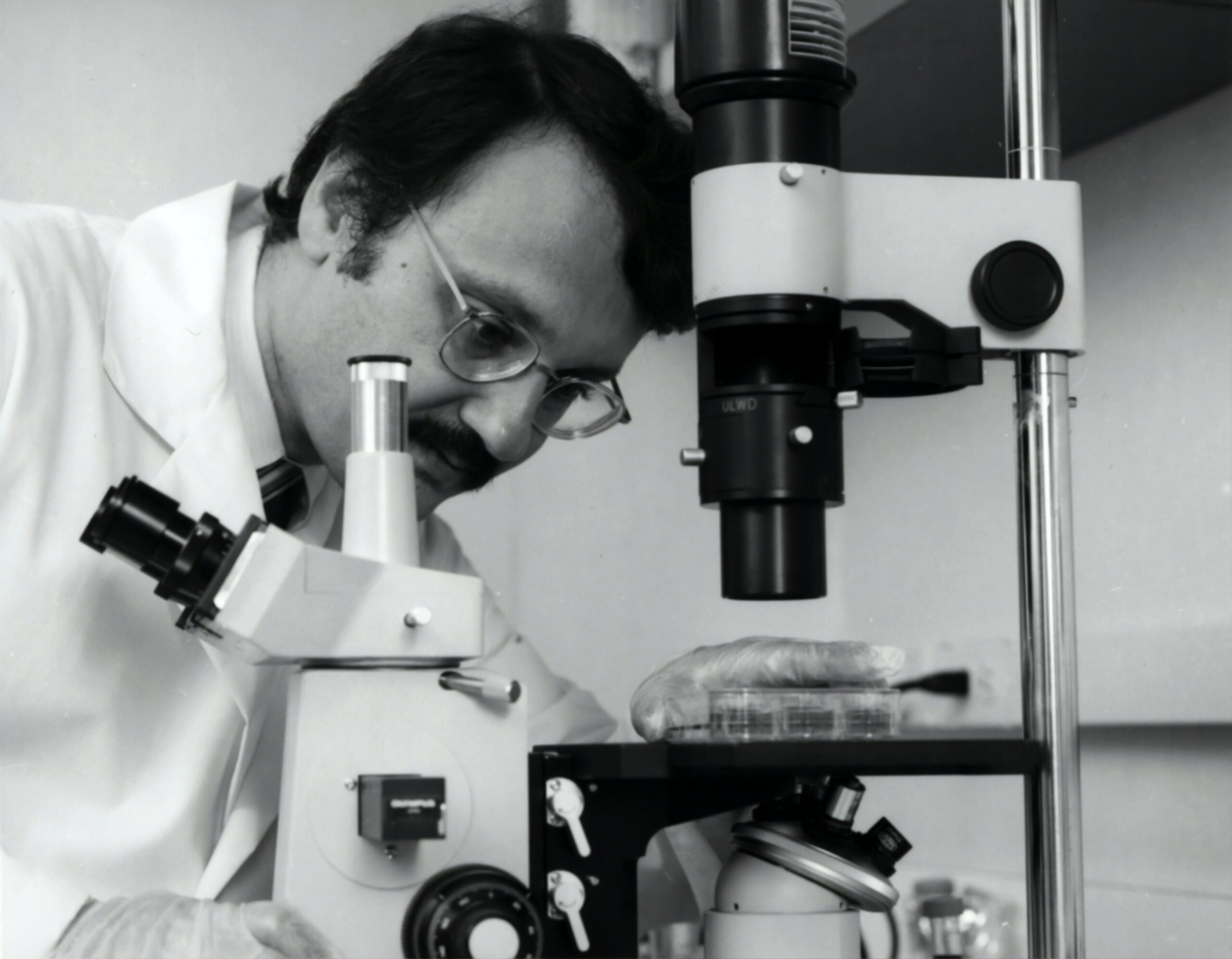
In 2022 raw human waste was pumped into the United Kingdom’s rivers and seas 825 times per day on average. Modern Britain has a big, steaming sewage problem that its privatised, profit-taking water companies have failed to solve. But are the lessons to be learned from the summer months of 1858, when a spell of hot weather in London created quite the stench? Like many other great and growing cities of the 1800s, London had an open sewage system which poured straight into the nearby Thames. London’s sewage system was already beginning to buckle under the weight of the city’s booming urban population. But when combined with an inhospitably hot spell of weather, the smell of untreated human waste and industrial effluent became impossible to ignore.

It wasn’t long before the stench and the waste that was piling up on the banks of the Thames became a national public health and environmental crisis. The fact that the appalling smell rose from directly beneath the windows of the Houses of Parliament, situated along the river, and made work unbearable for MPs, certainly helped trigger rapid action. But that wasn’t the only reason. Many believed at the time that the foul stench in the air was responsible for the spread of diseases, such as cholera. This belief was known as ‘miasma theory’ and its essence was captured by Professor Booth, who wrote in 1844, that “from inhaling the odour of beef the butcher’s wife obtains her obesity.” While not scientifically accurate, this fear was understandable. An outbreak of cholera in England and Wales in 1848 claimed over 53,000 lives. Around 14,137 of these lives were lost in London, over twice the number of Londoners killed in the 1832 outbreak.
With a population gripped by fear, the government quickly stepped in with a monumental infrastructure programme: to turn London’s antiquated sewers into a modern, robust and resilient system. Ground was broken in 1859 and the ambitious work was practically completed by 1868 – a rapid turn around compared to today’s standards. The project saw over 1,100 miles (1,800 km) of street sewers built that fed into 82 (132 km) miles of main interconnecting sewers. It’s no wonder that the project was considered at the time to be the biggest and most ambitious engineering project in the world. The sewers that were created over this time period remain the foundational elements of London’s sewage system today, with its population of over 9.5 million people, creating new zones within the expanding metropolis. Despite over 150 years passing since the project was completed, the creation of London’s sewers remains one of the largest infrastructure projects the UK has ever overseen.
London wasn’t the only city that succumbed to noxious effluent creating a pong. The burgeoning industrial cities of Europe in the 1800s, which were becoming denser by the day, also faced growing issues of waste disposal amid growing populations, with citizens whipped into frenzies over fears of disease and death.
Paris in the 1880s was overcome with such a putrid odour that citizens poured onto the streets to protest against the government over concerns of an immediate epidemic. This public outpouring of dissatisfaction led to the formation of a government commission headed up by renowned French chemist and microbiologist Louis Pasteur. Historians believe that the work of this commission catalysed the “sanitary-bacteriological synthesis”, which combined the cultural association of cleanliness and morality with a scientific approach to contagion and infectious diseases. As a result of this, when another Great Stink occurred in Paris just a few years later, it was treated with humour by both the Parisian press and public.
But, in 1858, London was gripped by the fear of the “evil odour” coming from the Thames and believed to be the cause of disease and death throughout the city. The political class agreed on the need for urgent action and consultations ensued. The proposal from already-prominent civil engineer Joseph Bazalgette was deemed the way to go: to create a series of interconnecting sewers that sloped towards a discharge point beyond London. These new sewers would comprise high-, mid- and low-level systems, with new pumping stations to be built in order to lift the sewage into the higher pipes. To house these new sewage pipes, three new embankments would need to be created along the Thames – the Victoria, Chelsea and Albert Embankments.

The scale of the project cannot be underestimated. Over the ten year period, from work commencing to completion, vast excavations took place and a new series of underground tunnels were constructed to house the pumping stations and treatment plants. Homes and businesses had to be demolished in areas where new sewers were to be built and thousands of Londoners were relocated in the process. Whole neighbourhoods made way for the new wharfs and embankments along the banks of the Thames, resulting in the loss of entire communities. These communities were not consulted nor compensated for the disruption caused to their lives, and were most likely unconvinced by the necessity of this gigantic infrastructure project. Any modern responses of similar civic ambition would be compelled to consult and compensate more.
The London areas of Lambeth, Vauxhall and Southwark were particularly affected by the demolition works and relocation project – but it was also these communities that suffered the most due to polluted drinking water and a nonexistent sewage system. These communities drew their drinking water directly from the Thames, so cholera was rife. During the cholera outbreak of 1848, over 1,500 of Lambeth’s waterfront population died. The piped water was no better: households who were provided water by the Southwark and Vauxhall Company were almost five times more likely to contract cholera than their neighbours supplied by the Lambeth Water Company.
The ‘Great Stink’ had been brewing for some time. London is an ancient city, first established in around 50AD, shortly after the Romans invaded Britain. Londinium, as it was called then, was concentrated within just a square mile on the north bank of the Thames, in the heart of today’s financial district. Over the coming centuries, London ballooned. As a result, the Thames – which was the industrial lifeblood on ancient Londinium – became the primary dumping ground for human, animal and industrial waste. The reliance on the Thames, both as a source of life and a site of human detritus, was wholly unsustainable. It was only a matter of time before the situation became a crisis.
Between 1800 and 1850, London’s population more than doubled and it became the largest city in the world, home to approximately 2.35 million people. The rapidity of this population growth, paired with a lack of planned housing and infrastructure projects to accommodate the influx of people, led to polluted waterways, degraded drinking water, and overburdened and obsolete sewage systems. It is no wonder that from 1831 onwards, London suffered a series of cholera outbreaks. The thinking at the time was that cholera was caused by the inhalation of noxious and foul air, rather than it being a water-borne disease carried through the city’s contaminated waterways and ingested by Londoners. It wasn’t until 1854, when the physician Dr. John Snow deduced that the cause of cholera was contaminated water, after noticing that the 70 workers in the local brewery who only drank beer all survived a particularly awful outbreak in Soho.
Ironically, the swelling sewers were made worse by a modern invention that sought to improve sanitation. Flushing toilets, which were advertised at the Great Exhibition in 1851 and subsequently installed by London’s upper and middle classes en masse, overwhelmed cesspools and outdated sewage systems, driving more and more human waste into the Thames. This human waste only returned at high-water, when raw sewage would flow back into London’s tributaries and waterways, bringing disease and death with it.
The population of London, its political class and the media were well aware that the Thames had become an environmental and social crisis waiting to happen. The humorist Sydney Smith described the state of affairs in 1834: “He who drinks a tumbler of London water has literally in his stomach more animated beings than there are men, women and children on the face of the globe.” In the 1857 novel Little Dorrit, Charles Dickens wrote that “through the heart of the town a deadly sewer ebbed and flowed, in the place of a fine fresh river.” Countless newspaper editorials were dedicated to the unfolding crisis and the political class jostled for solutions.
But it wasn’t until a particularly dry and hot spell in the summer of 1858 caused the water in the Thames to reach new lows, and the Great Stink became unavoidable. A rapid and robust response was now the only option. Benjamin Disraeli, the chancellor at the time, bemoaned the fact that the “noble” river Thames had become a “Stygian pool reeking with ineffable and unbearable horror”. Policymakers acted swiftly to create a unified authority to oversee London’s sanitation and endowed it with the funds required to overhaul the sewage system. The Metropolitan Board of Works was asked to commence work immediately and, fortunately, the chief engineer Joseph Bazalgette had already spent years drawing up plans for London’s new sewage system. Over the next decade, London was transformed and Bazalgette became the “man who made London.”

As the political pressure percolated, the government was quick to step in with a rapid and radical response – and the support within parliament came from all across the political spectrum. The mammoth project sprang London into action, provided tens of thousands of jobs at the peak of its construction, and laid the foundations for waste management, sewage treatment and public health industries. However, many communities were left behind by the project – especially those that faced relocation and witnessed their neighbours razed to make way for the new sewers.
Once the political will was established, the machinery of government rapidly swung into action under the premise of a common good. As someone writing in the Observer newspaper at the time remarked, “every penny spent is sunk in a good cause” to create the “most extensive and wonderful work of modern times”. The rapid response quickly paid dividends. In 1866, most of London was spared from a cholera outbreak that ripped through the East End of the city, the only remaining section of London yet to be connected to the new sewer system.
Bazalgette’s vision would never have materialised without the latest innovations in civil engineering and the financial resources of the central government. As a pioneer in his field, Bazalgette was quick to deploy the new methods of surveying, tunnelling, and construction that enabled this massive infrastructures to be designed and built. The engineering team that Bazalgette headed up also used the mammoth project to embed greater resilience into London’s sanitation and water systems as a hedge against continued population growth and other social and environmental challenges.

The new sewer system had originally sought to accommodate a 50 percent rise in population, from 3 million inhabitants to 4.5 million. Yet by the 1890s London’s population sat at six million. Even today, Bazalgette’s designs remain the backbone of London’s sanitation – although the sewer system is in dire need of updating. To prevent homes flooding, Bazalgette designed a system of overflows into the Thames when the city was hit by extreme weather. These overflows are now used around 50 times a year and, as a result, pollution into the Thames is rising once again. History tends to repeat itself.
As disease outbreaks like cholera became more frequent in towns and cities during the 16th and 17th century, the scientific understanding of how diseases spread and mutated also began to develop. The “miasma theory”, which suggested that diseases were caused by polluted air, was dominant at the time due to the widespread use of cesspools. As Edwin Chadwick, reformer of the Poor Laws and collaborator with Jeremy Bentham, remarked at the time: “all smell is disease”.

Despite Dr John Snow’s findings in Soho just four years prior to the Great Stink, that connected cholera outbreaks with polluted water, the foul stench emanating from the Thames was considered to be a threat to public health. Unfortunately, Dr Snow died in 1858 at the height of the Great Stink – a public health crisis that proved his widely-derided hypothesis. His research and findings, however, informed the policy and infrastructural response. Although the miasma theory may have galvanised the political classes of Westminster into action, the experience of the Great Stink gave voice to the emerging study of microbiology. It also gave rise to a growing array of ideas in matters of sanitation and public health that continue to inform our world today.
With the great infrastructures of the 19th century beginning to creak under the growing demands of the 21st century, and the impacts of climate change becoming more frequent and severe, the lessons of the Great Stink show the benefits to be accrued from thinking long-term and acting rapidly in the face of an agreed crisis.